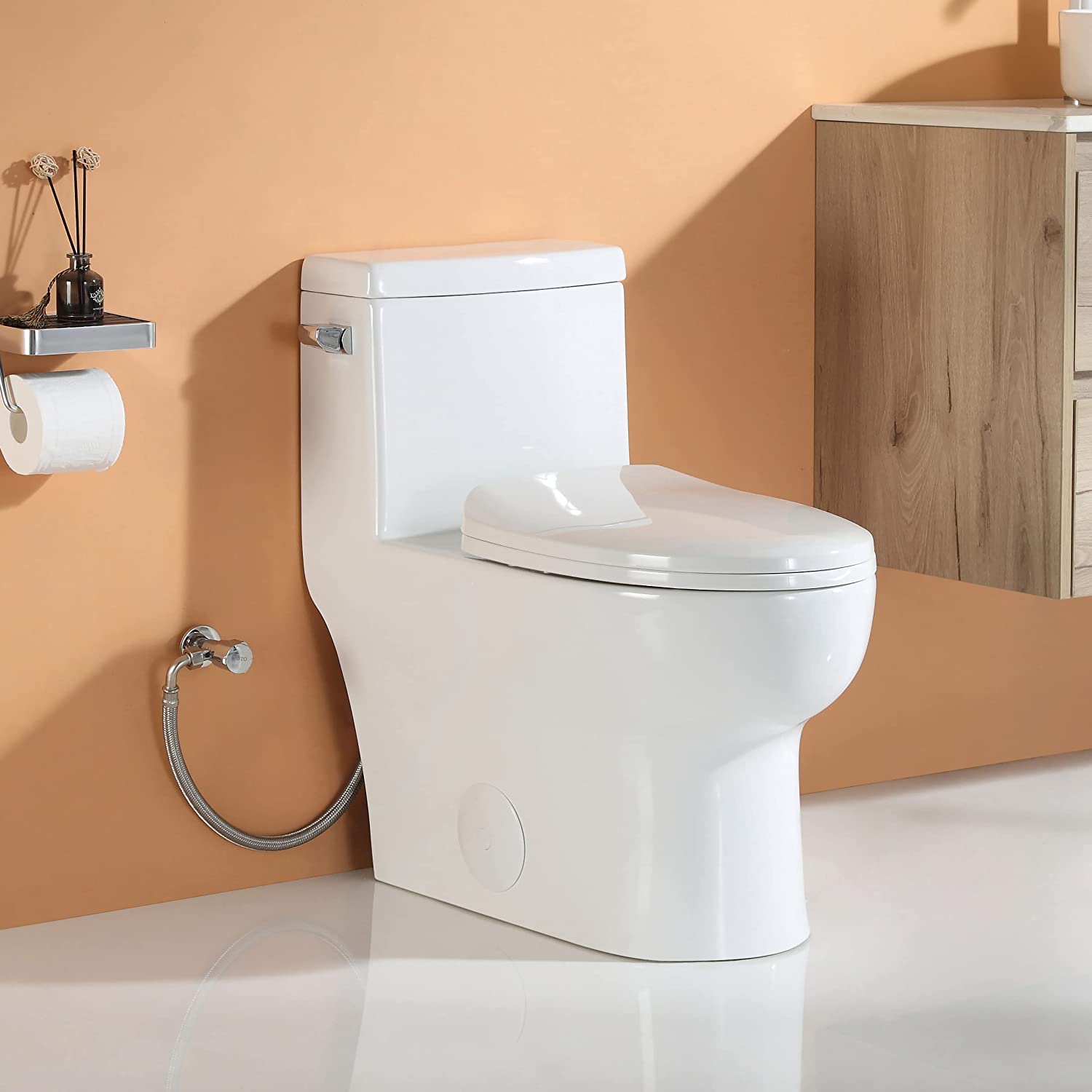

Articles
How Heavy Is A Toilet
Modified: February 20, 2024
Discover the weight of a toilet with our informative articles. Explore the different factors affecting its heaviness and find helpful tips for installation and maintenance.
(Many of the links in this article redirect to a specific reviewed product. Your purchase of these products through affiliate links helps to generate commission for Storables.com, at no extra cost. Learn more)
Introduction
A toilet is an essential fixture in any bathroom, providing a convenient and hygienic way to dispose of waste. While most of us don’t give much thought to the weight of a toilet, it is an important consideration when it comes to installation, transportation, and overall bathroom design. Understanding the weight of a toilet can help you make informed decisions during renovations, repairs, or new construction.
In this article, we will delve into the factors that affect the weight of a toilet, including the materials used in its construction, the type of toilet, and any additional features it may have. We will also explore the range of weights for standard toilets, as well as lighter and heavier alternatives. Whether you are a homeowner, a contractor, or simply curious about toilets, this article will provide you with valuable insights into the world of toilet weights.
Note: The following information applies to traditional floor-mounted toilets. Wall-mounted toilets, bidets, and other specialized fixtures may have different weight considerations.
Key Takeaways:
- Toilet weight varies based on materials, size, and features. Consider factors like construction materials, water capacity, and additional features when choosing a toilet that meets your specific needs.
- From lightweight options for portable settings to heavyweight toilets for high-traffic areas, understanding the implications of toilet weight can help you make informed choices that enhance your bathroom’s functionality and visual appeal.
Read more: How To Clean A Toilet Without A Toilet Brush
Understanding Toilet Weight
To understand toilet weight, it’s important to recognize that a toilet consists of various components, including the bowl, tank, seat, and hardware. The weight of each component contributes to the overall weight of the toilet. Additionally, the materials used in the construction of these components play a significant role in determining the weight.
The bowl of a toilet can be made of materials such as china (ceramic), porcelain, or plastic. China and porcelain are commonly used in residential toilets due to their durability and aesthetic appeal. These materials are heavier compared to plastic, which is often used in lightweight or portable toilets.
The tank, which holds the water used for flushing, can also be made of china, porcelain, or plastic. The weight of the tank depends on its size and the amount of water it can hold. Larger tanks generally weigh more than smaller ones.
The seat and hardware, including the flush mechanism, bolts, and screws, also contribute to the overall weight of the toilet. These components are typically made of materials such as plastic or metal, with metal components being heavier.
It’s important to note that while the weight of a toilet is a consideration during installation and transportation, it does not necessarily indicate the quality or performance of the toilet. A heavier toilet is not always superior to a lighter one, as functionality, water efficiency, and design elements also play important roles.
Now that we have a basic understanding of toilet weight and its components, let’s explore the factors that can affect the weight of a toilet in more detail.
Factors Affecting Toilet Weight
Several factors can influence the weight of a toilet. Understanding these factors can help you determine the appropriate weight for your specific needs.
1. Construction Materials: The materials used in the construction of the toilet greatly affect its weight. As mentioned earlier, china and porcelain are heavier materials, while plastic is lighter. The choice of materials depends on factors such as durability, aesthetics, and budget.
2. Size and Design: The size and design of the toilet can also impact its weight. Larger toilets with elongated bowls or integrated bidets may weigh more than standard round-bowl toilets. Additionally, toilets with special features such as soft-closing lids or dual-flush mechanisms may have additional components, contributing to their weight.
3. Water Capacity: The amount of water that the toilet tank can hold also adds to its weight. Water-efficient toilets with smaller tanks will generally weigh less than toilets with larger tanks that can hold more water.
4. Additional Features: Some toilets come with additional features like built-in LED lighting, heated seats, or remote-controlled operation. These features often include extra components that can increase the weight of the toilet.
5. Brand and Model: Different brands and models of toilets may have varying weights due to differences in design, materials used, and manufacturing processes. It’s essential to check the specifications provided by the manufacturer for accurate weight information.
It’s important to consider these factors when selecting a toilet to ensure that it meets your specific requirements in terms of weight, functionality, and design.
Standard Toilet Weight
The weight of a standard toilet can vary depending on the factors mentioned earlier. However, there is a general range of weights that can be considered as standard for residential toilets.
On average, a standard floor-mounted toilet can weigh around 80 to 120 pounds (36 to 54 kilograms). This weight includes the combined weight of the bowl, tank, seat, and hardware. It’s important to note that this weight is an estimate and may vary slightly depending on the specific model and brand.
For example, a standard round-bowl toilet made of china or porcelain might weigh around 90 to 100 pounds (41 to 45 kilograms), while a similar toilet made of plastic might weigh around 30 to 40 pounds (14 to 18 kilograms). The weight of the tank accounts for a significant portion of the overall weight.
When installing a standard toilet, it’s crucial to ensure that the floor can support the weight of the toilet, especially in cases where the floor is not made of sturdy materials like concrete. Follow the manufacturer’s guidelines and consider consulting a professional if you’re unsure about the structural integrity of the installation area.
These weight ranges are provided as a general reference point but may vary depending on the specific characteristics of the toilet.
Now that we have covered the standard weight range, let’s move on to explore lighter and heavier toilet options.
The weight of a standard toilet can vary, but on average, a toilet can weigh between 80 to 120 pounds. When moving or installing a toilet, it’s important to use proper lifting techniques and have assistance if needed.
Lightweight Toilet Options
In certain situations, having a lightweight toilet can be beneficial. Lightweight toilets are especially useful in mobile homes, camping trailers, and other portable settings where weight is a concern.
1. Plastic Toilets: Plastic toilets are a popular choice when weight is a significant factor. These toilets are typically made of lightweight, durable materials like polyethylene. They are easy to install, transport, and clean. Plastic toilets can weigh anywhere from 20 to 40 pounds (9 to 18 kilograms), depending on the model and features.
2. Compact Toilets: Compact toilets are designed to save space and are generally smaller and lighter compared to standard toilets. These toilets are suitable for smaller bathrooms or where space is limited. Compact toilets can weigh around 60 to 80 pounds (27 to 36 kilograms) on average.
3. Portable Toilets: Portable toilets are lightweight and designed for temporary use in outdoor or remote settings. These toilets are often made of plastic and are easily transportable. The weight of portable toilets can vary but is typically around 10 to 20 pounds (4.5 to 9 kilograms).
If you are looking for a lightweight toilet, consider these options based on your specific needs and circumstances. It’s important to keep in mind that lightweight toilets may have certain limitations in terms of features and durability compared to standard or heavyweight toilets.
Read more: How To Use A Toilet Brush To Unclog A Toilet
Heavyweight Toilet Options
In contrast to lightweight toilets, heavyweight toilets may be preferred in certain situations where durability and stability are crucial. Commercial settings, public restrooms, and high-traffic areas often benefit from heavyweight toilets that can withstand frequent use.
1. High-Efficiency Toilets (HET): High-efficiency toilets are designed to save water while maintaining effective flush performance. These toilets often have larger tanks and more robust construction, resulting in a heavier weight. On average, HET toilets can weigh around 100 to 150 pounds (45 to 68 kilograms).
2. One-Piece Toilets: One-piece toilets are constructed as a single, seamless unit with the bowl and tank fused together. These toilets tend to be heavier than two-piece toilets that have a separate tank and bowl. One-piece toilets can weigh around 100 to 140 pounds (45 to 64 kilograms).
3. Wall-Mounted Toilets: Wall-mounted toilets are mounted directly to the bathroom wall, creating a sleek and modern look. Since these toilets require additional support within the wall structure, they are typically heavier than floor-mounted toilets. Wall-mounted toilets can weigh around 120 to 180 pounds (54 to 82 kilograms).
4. Commercial Toilets: Commercial toilets are designed to handle heavy usage and are commonly found in public restrooms or commercial buildings. These toilets feature a robust construction and larger water capacity, resulting in a higher weight. Depending on the model and features, commercial toilets can weigh upwards of 200 pounds (90 kilograms) or more.
When considering heavyweight toilet options, it’s important to ensure that the floor and plumbing system can support the weight of the toilet. Follow manufacturer specifications and consult with professionals if necessary to guarantee proper installation and functionality.
With a range of heavyweight toilet options available, you can choose a toilet that suits the specific requirements of your commercial or high-traffic setting.
Conclusion
The weight of a toilet may not be at the forefront of our minds when it comes to bathroom fixtures, but it is an important consideration for installation, transportation, and overall functionality. Understanding the factors that affect toilet weight can help you make informed decisions and choose the right toilet for your specific needs.
From lightweight options that are suitable for portable and space-saving settings to heavyweight options designed for durability and heavy usage, there is a wide range of toilets available to cater to different situations and preferences.
When selecting a toilet, consider factors such as construction materials, size, additional features, and water capacity. Also, make sure that the weight of the toilet is compatible with the supporting structure of your bathroom floor.
Remember, the weight of a toilet does not necessarily indicate its quality or performance. Look for toilets that meet your requirements in terms of functionality, water efficiency, design, and budget.
Whether you’re renovating your bathroom or simply exploring toilet options, understanding toilet weight and its implications can help you make informed choices that enhance both your bathroom’s functionality and visual appeal.
By considering the factors discussed in this article, you can confidently select a toilet that not only meets your weight requirements but also contributes to your overall bathroom experience.
Frequently Asked Questions about How Heavy Is A Toilet
Was this page helpful?
At Storables.com, we guarantee accurate and reliable information. Our content, validated by Expert Board Contributors, is crafted following stringent Editorial Policies. We're committed to providing you with well-researched, expert-backed insights for all your informational needs.
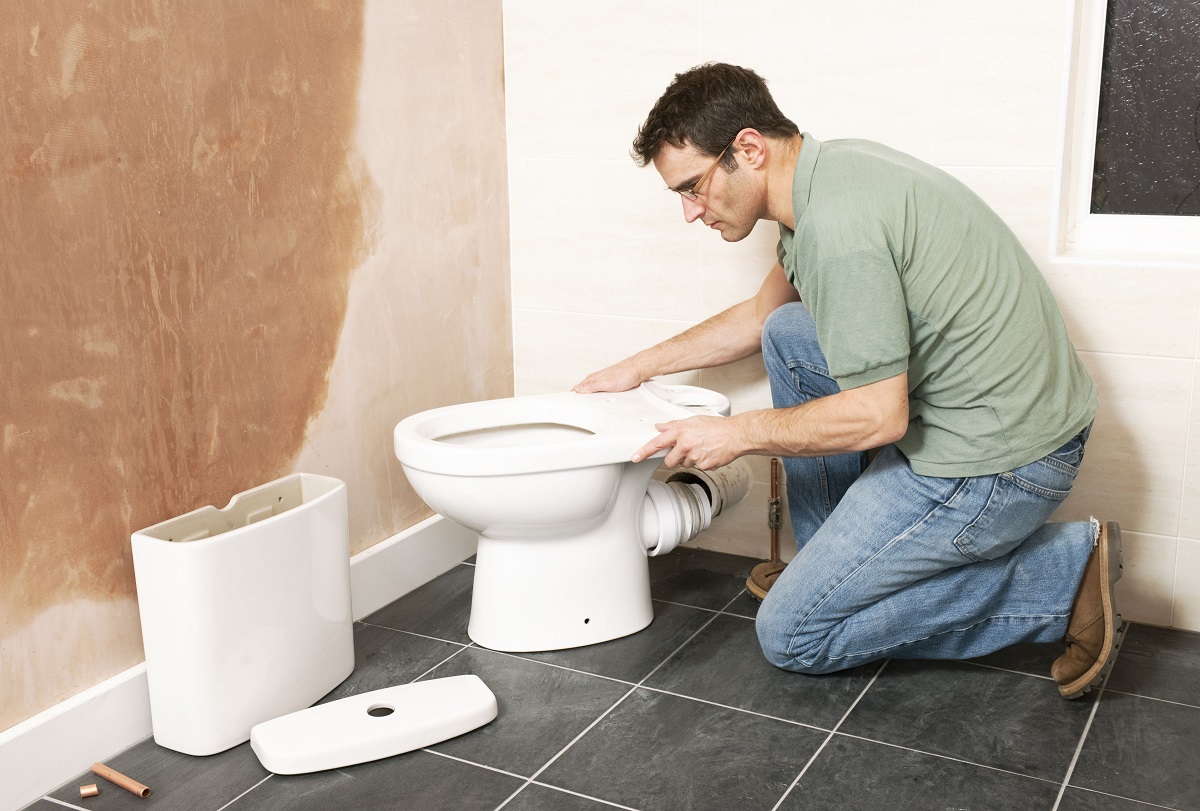


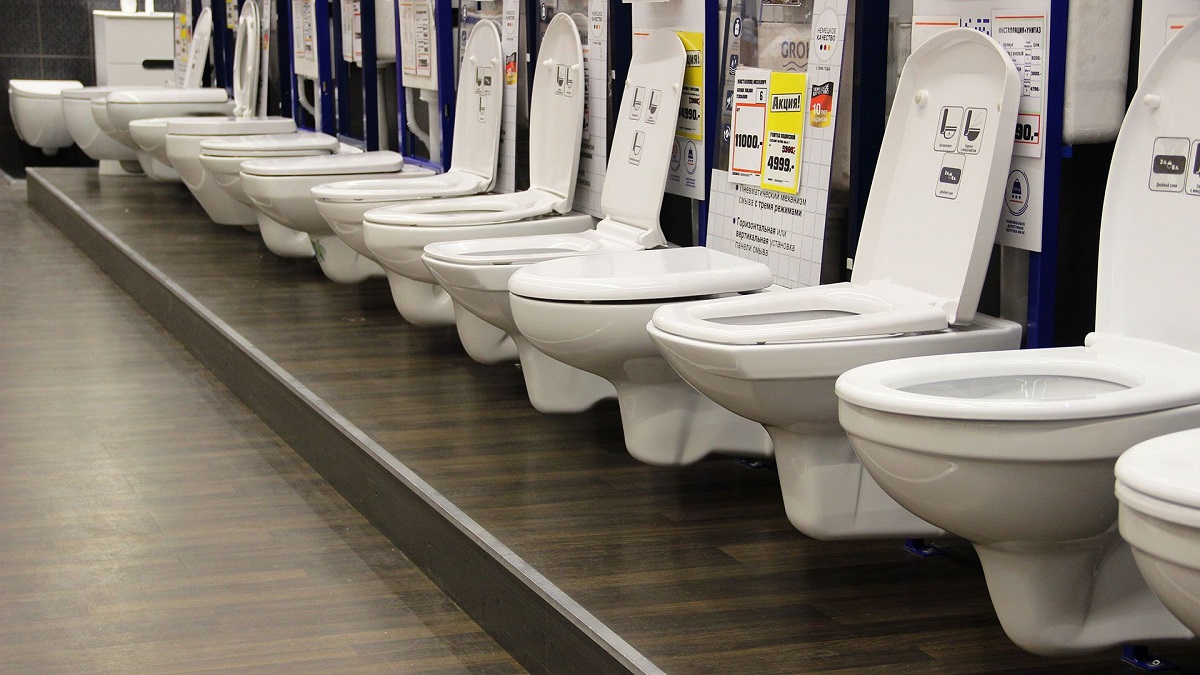
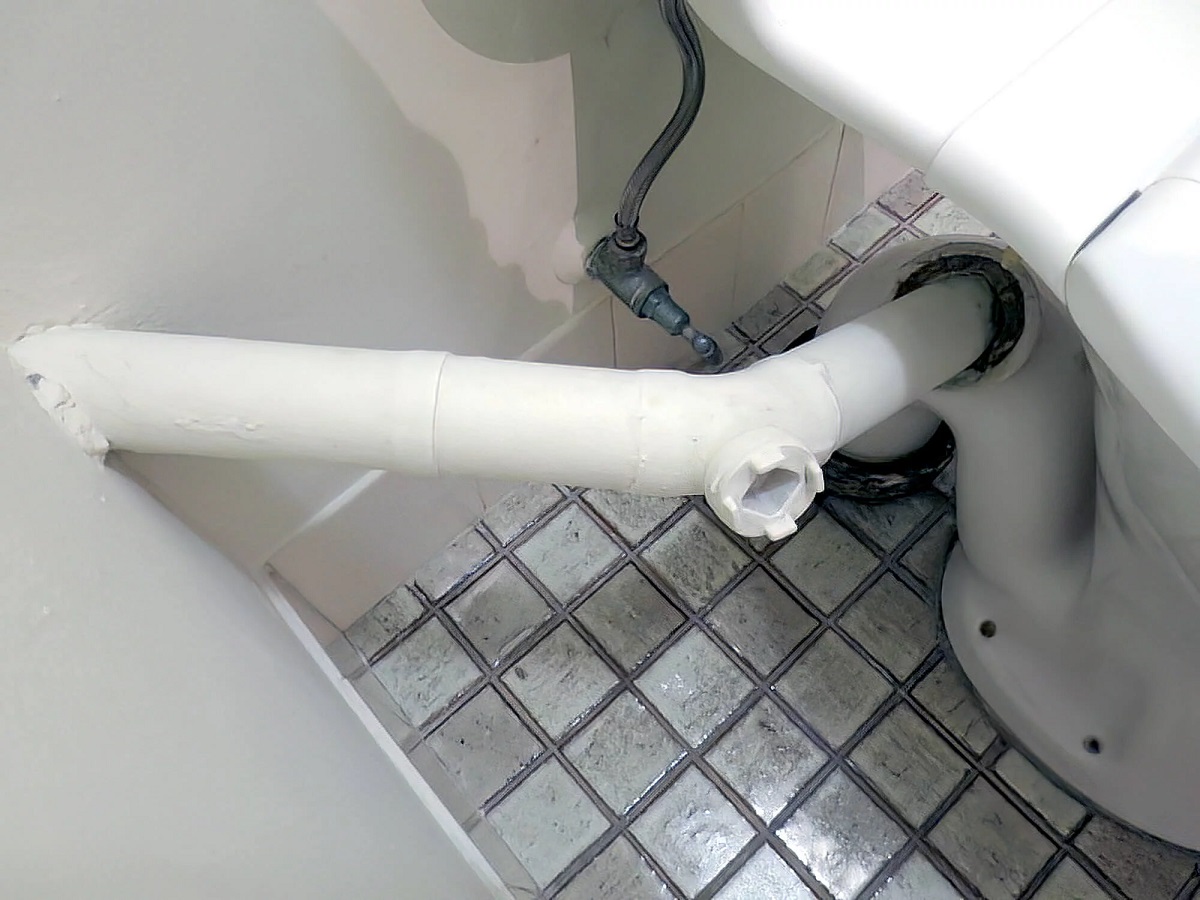


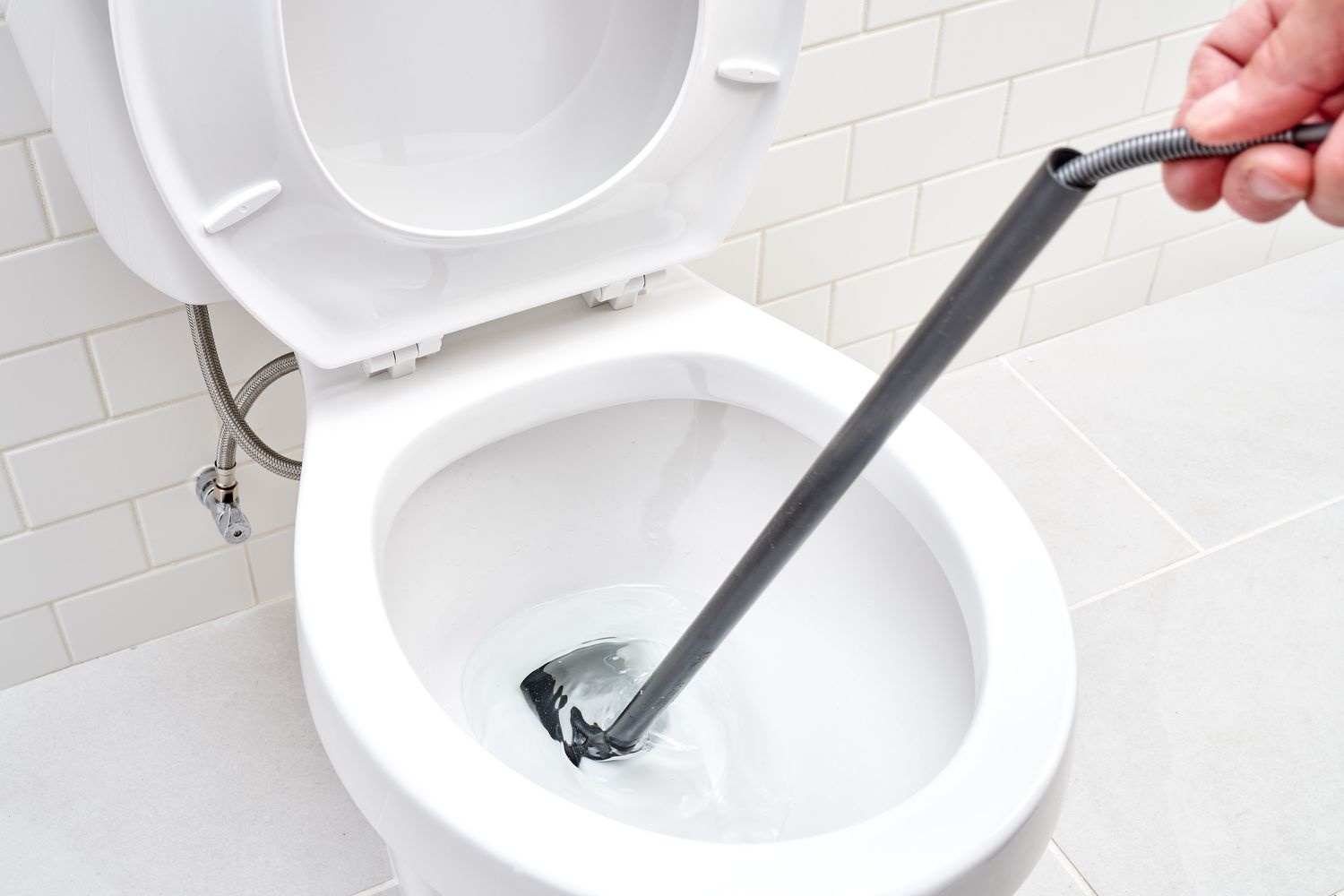

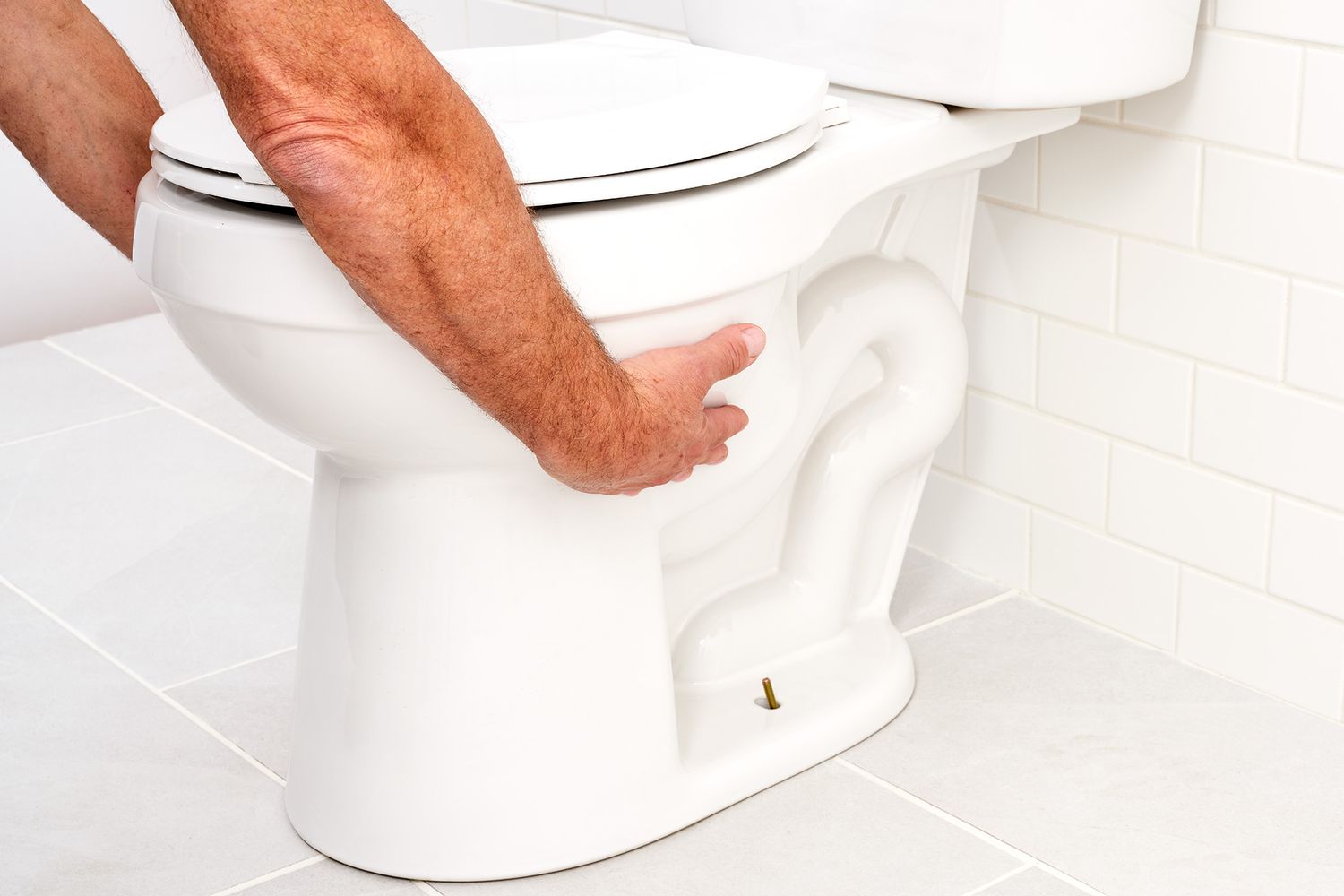

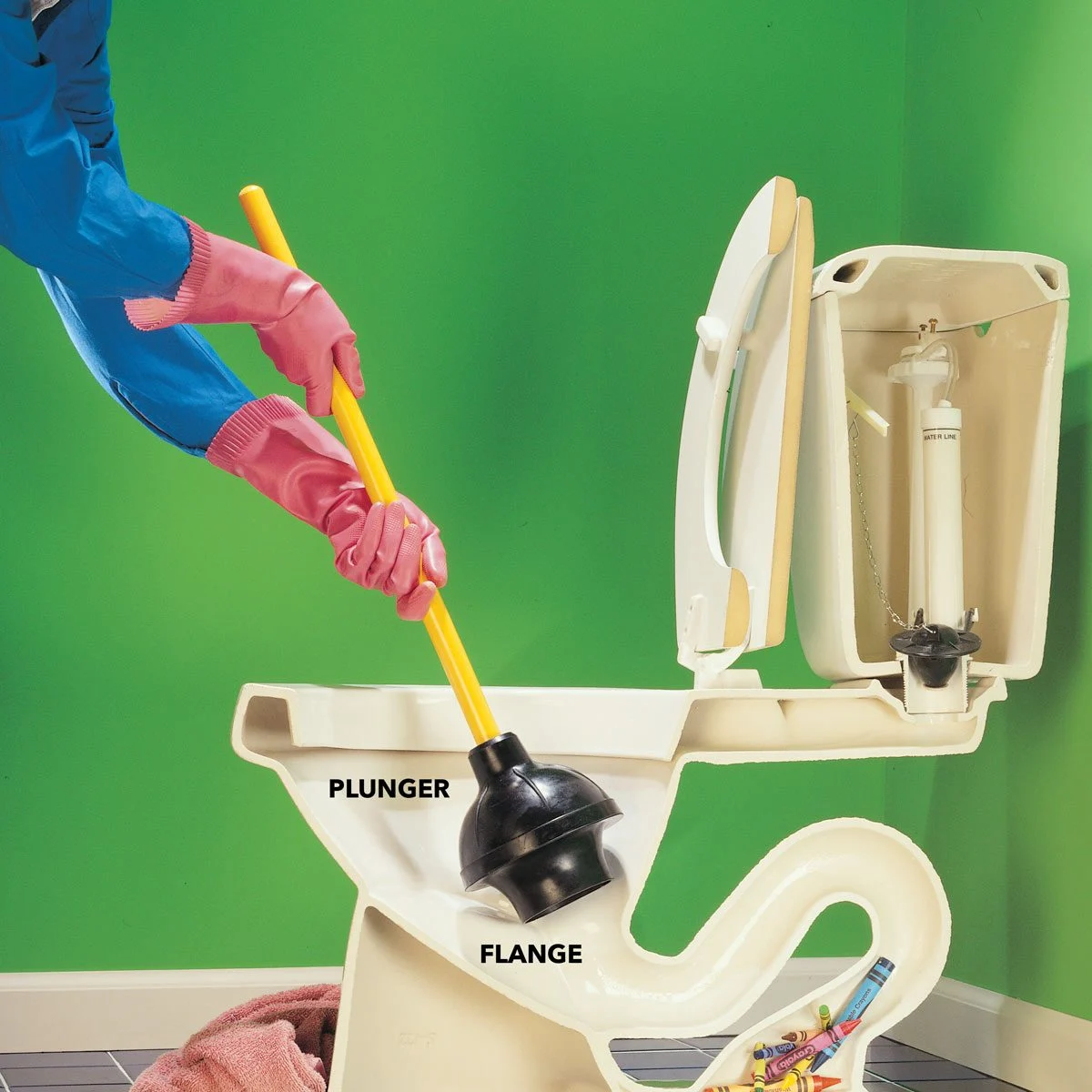

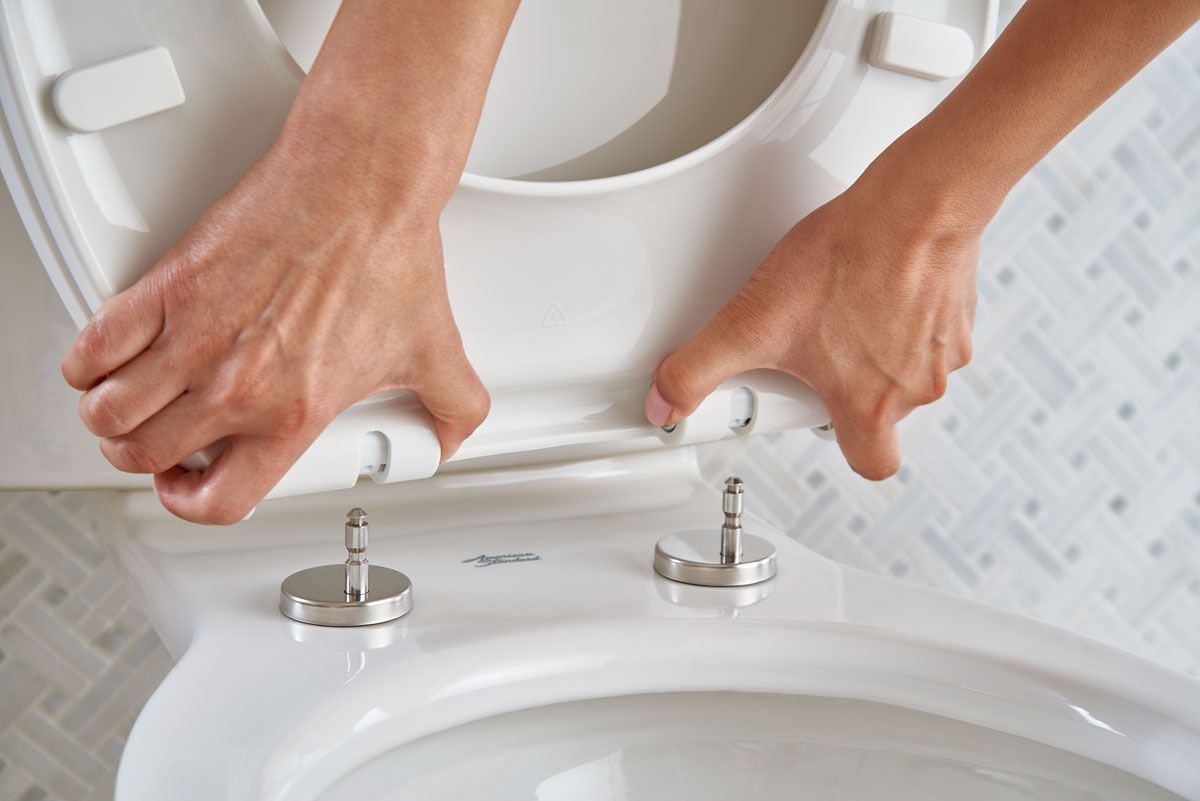

0 thoughts on “How Heavy Is A Toilet”